- Overview
- Symptoms
- Risks, Prevention & Screening
- Tests & Diagnosis
- Types
- Your Breast Cancer Care Team
- Treatment
- Living With Breast Cancer
- Remission & Recurrence
- Advanced Breast Cancer
- Support & Resources
- Appointment Prep
- View Full Guide
10 Things You Should Know About Oncoplastic Breast Surgery


Oncoplastic Breast Surgery
Surgery is one of the most effective treatment options for breast cancer. In some cases, you can choose breast-conserving surgery. Your surgeon will remove only the areas of the breast affected by cancer, leaving the rest of the breast intact. The process can change how your breasts look, so you may want to consider oncoplastic surgery.
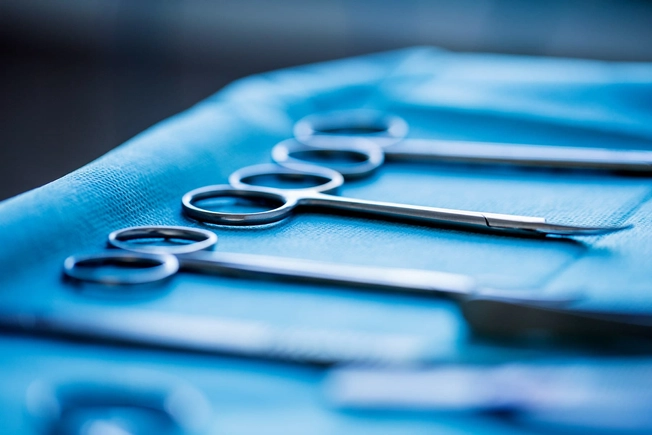
What Is Oncoplastic Surgery?
Oncoplastic surgery is the name for procedures that combine cancer treatment surgery with cosmetic surgery to reconstruct the breast. Your doctor will remove the cancer-affected tissue. Then, your oncology surgeon or a plastic surgeon will do additional operations to correct any deformities caused by the cancer surgery. That may involve surgery on both breasts to make them look as similar as possible.
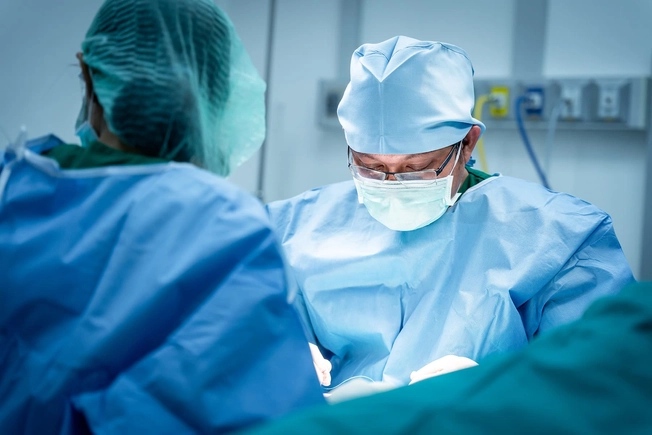
Benefits of Oncoplastic Surgery
Combining treatment and reconstruction in the same operation means you only need one surgery. You’ll have a single recovery period, which means less of an interruption of your life. Operating with reconstruction already planned can enable doctors to remove more tissue surrounding the cancer site, which may help in obtaining complete removal of the tumor.

Planning for Reconstruction
Before your breast cancer surgery, you can discuss reconstruction options with your doctor. They will be able to tell you how they intend to remove cancer and how that will affect the appearance of the affected breast. Once you understand that, you can choose how best to manage your breast reconstruction.
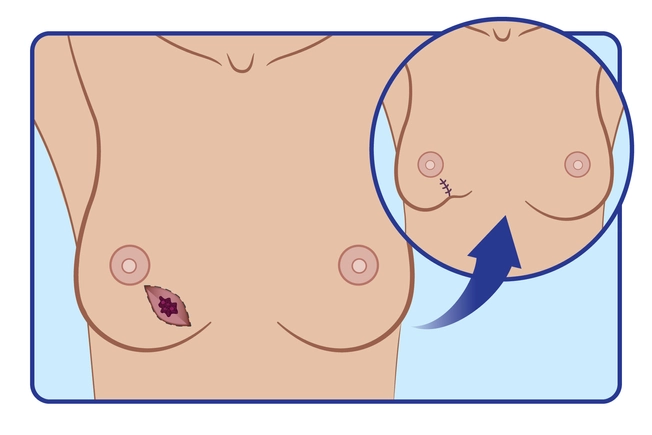
Lumpectomy
The operation to remove cancer without removing the entire breast is known as a lumpectomy. Your doctor will remove any cancer-affected tissue and a small amount of the surrounding tissue. The amount of tissue removed depends on the size of the tumor. Without reconstruction, your breast might be a different size or shape following the lumpectomy. The goal of reconstruction is to reshape the breast so that it looks natural and reshape your other breast so that they are symmetrical.
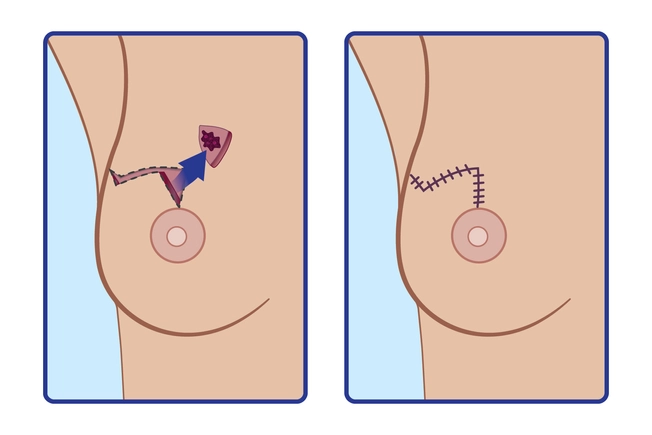
Local Advancement Flap Reconstruction
Local advancement flap reconstruction means your surgeon will use the remaining breast tissue to reshape the breast. Your doctor will move the skin and underlying breast tissue so that it fills in any indentations left by the lumpectomy.
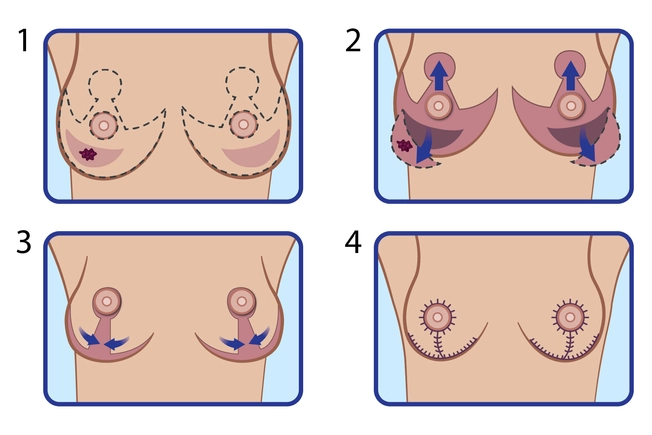
Bilateral Breast Reduction
Some lumpectomies leave the affected breast noticeably smaller. If this is the case for you, you may choose a bilateral breast reduction. Your doctor will do a lumpectomy on the affected breast, then reduce the size of your other breast to make it match. Breast reduction involves making an incision on the healthy breast and removing a comparable amount of tissue. This is a good choice if you need to remove a significant amount of tissue from the affected breast. Your doctor will ensure all the cancer is removed while also ensuring that your breasts look symmetrical after surgery.

Bilateral Breast Lift
A breast lift is similar to a breast reduction, but generally, less tissue is taken out of the breast. Your doctor will perform your lumpectomy, but they will remove as little tissue as possible. After that, both breasts are shaped and repositioned to improve their symmetry. Some people undergo nipple relocation as part of this procedure.
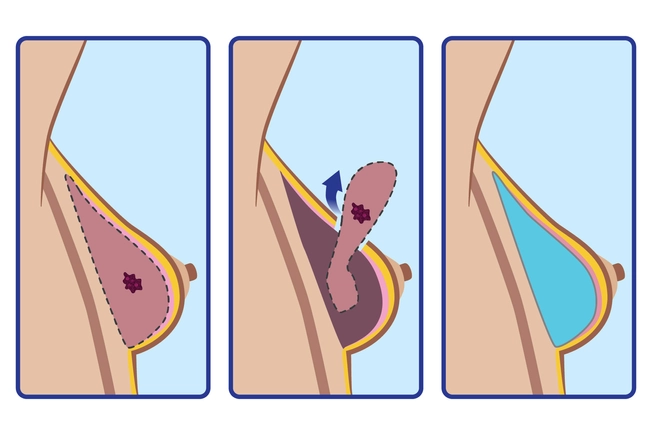
Skin-Sparing Mastectomy
If your cancer is extensive, you may need a mastectomy rather than a lumpectomy. Unlike traditional mastectomy, where the skin over the breast and nipple are completely removed, a skin-sparing mastectomy preserves your nipple and skin. The underlying tissue is removed, and then your doctor immediately places an implant under your skin to reconstruct the breast.
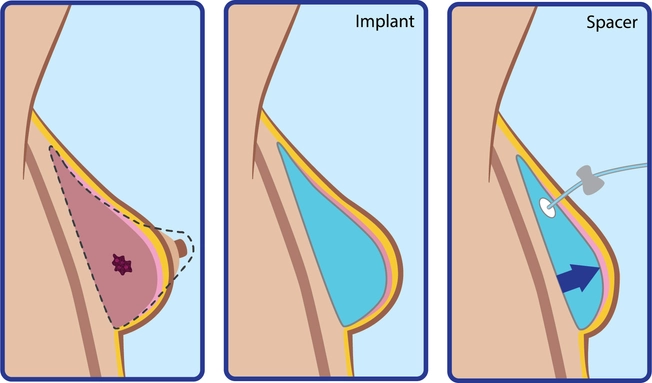
Reconstruction After Total Mastectomy
If you need a total mastectomy instead of a skin-sparing mastectomy, you have different options for reconstruction. Some people are good candidates for immediate reconstruction, where implants are placed right after the mastectomy. Others people have to delay reconstruction due to the need for a tissue expander to make room for implants after removing breast tissue and any surrounding tissue.

Other Considerations
The type of oncoplastic surgery you choose will depend on the amount of cancer present in your breast, the size of your breasts, and your personal preferences. Your doctor can answer your questions about which surgery is best for you.
Sources:
Photo Credits:
1) monkeybusinessimages / Getty Images
2) Portra / Getty Images
3) Pramote Polyamate / Getty Images
4) Lordn / Getty Images
5) WebMD
6) WebMD
7) WebMD
8) WebMD
9) WebMD
10) WebMD
11) The Good Brigade / Getty Images
American Cancer Society: “Surgery for Breast Cancer."
Columbia Surgery: “Oncoplastic Breast Surgery.”
American Society of Plastic Surgeons: “What are the steps of a breast reduction procedure?”
American Society of Plastic Surgeons: “What options are available for breast reconstruction?”
National Institute of Health: "Recurrence and survival after standard versus oncoplastic breast-conserving surgery for breast cancer," "Increasing Role of Oncoplastic Surgery for Breast Cancer."